B-24 Liberator 44-41956 Restoration Werribee, Australia
Thu Apr 28, 2016 9:23 pm
A few weeks ago I had the very good fortune to visit the B-24 Liberator 44-41956 restoration going on in Werribee, Australia. As I was working in the Melbourne area, I took a morning off and made the drive out to the vintage WWII hanger to see what was going on with this project-- what I found was amazing!
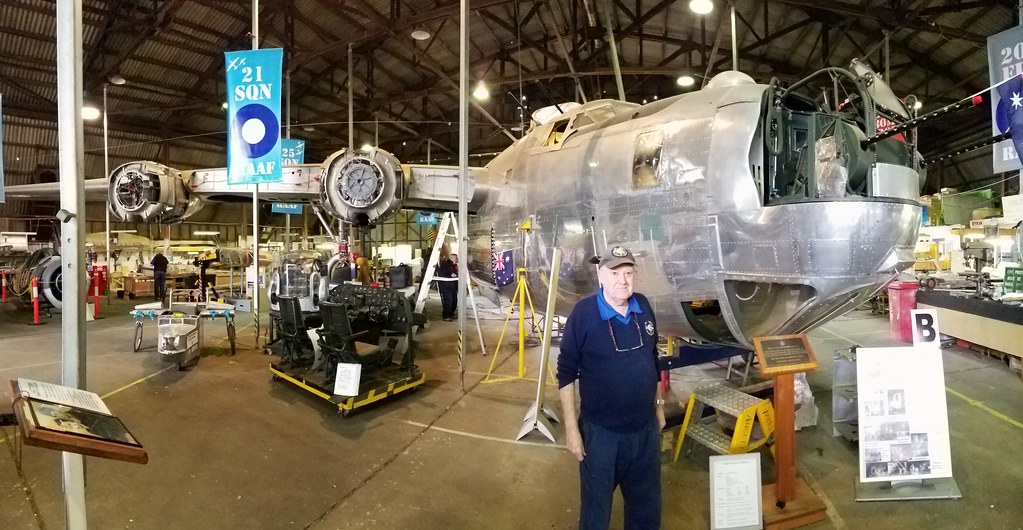
Quick video:
https://flic.kr/p/GxwPod
John, one of the museum tour guides, gave me a 2.5 hour, in-depth tour of the aircraft introducing me to many of the busy volunteers and showed me the ins-and-outs of the project! The plan is to have this aircraft be powered and to have the engines run, but it won't be a flyer-- think "Just Jane". The runway is gone at Werribee, so the plan is to make this a living museum.
The museum has all the components for the turrets for the aircraft and they will be operational (except for the guns!)

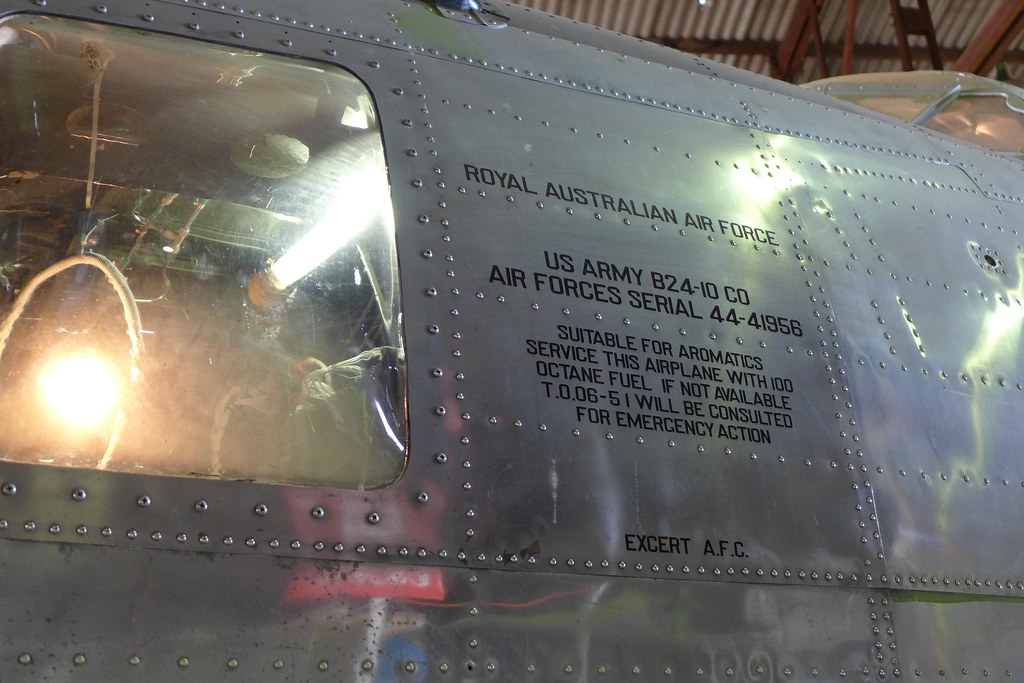
The instrument panel and controls was out of the aircraft, and was apparently used in filming "Unbroken". The rest of the stations on the inside of the aircraft are being restored -- John demoed the operational radar unit that would have been used on this aircraft!
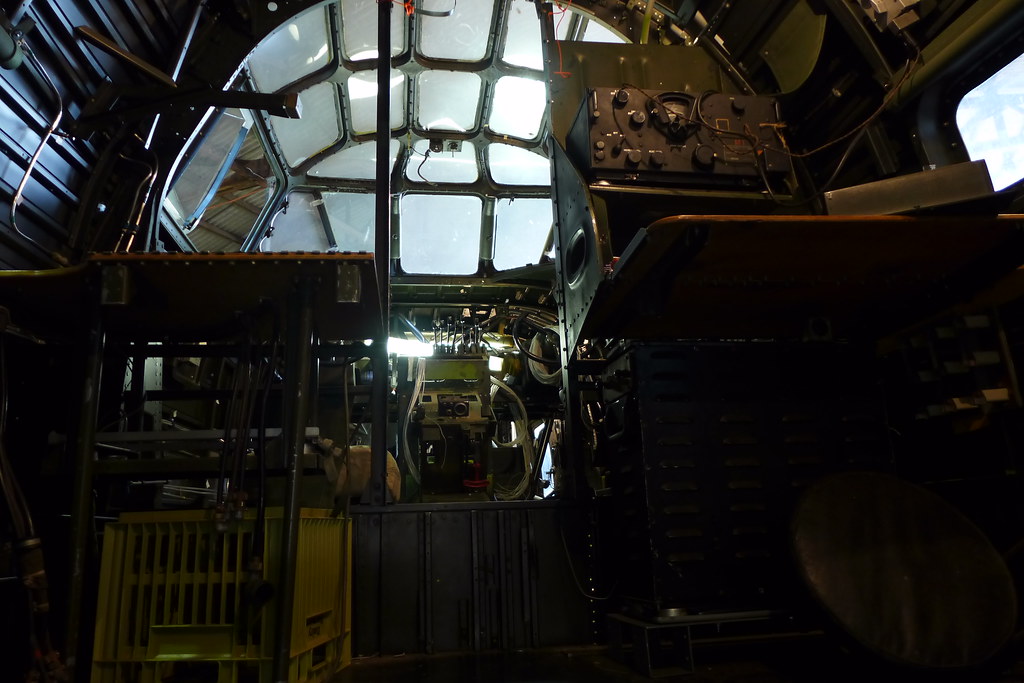
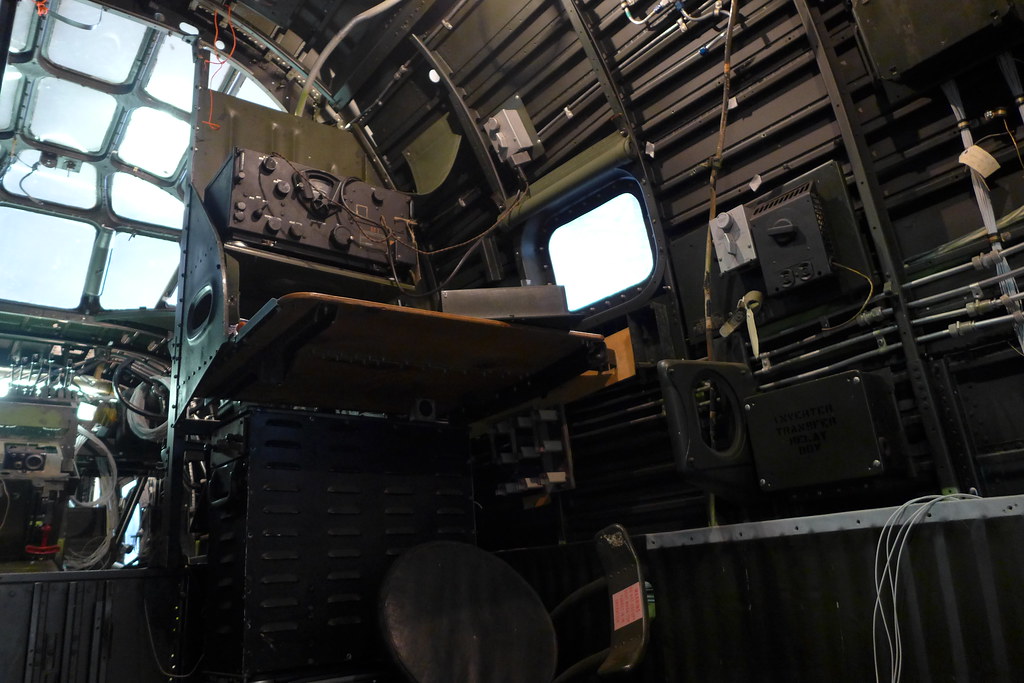
Along the way, the museum has picked up additional sections of fuselage that they will be turning into traveling displays;
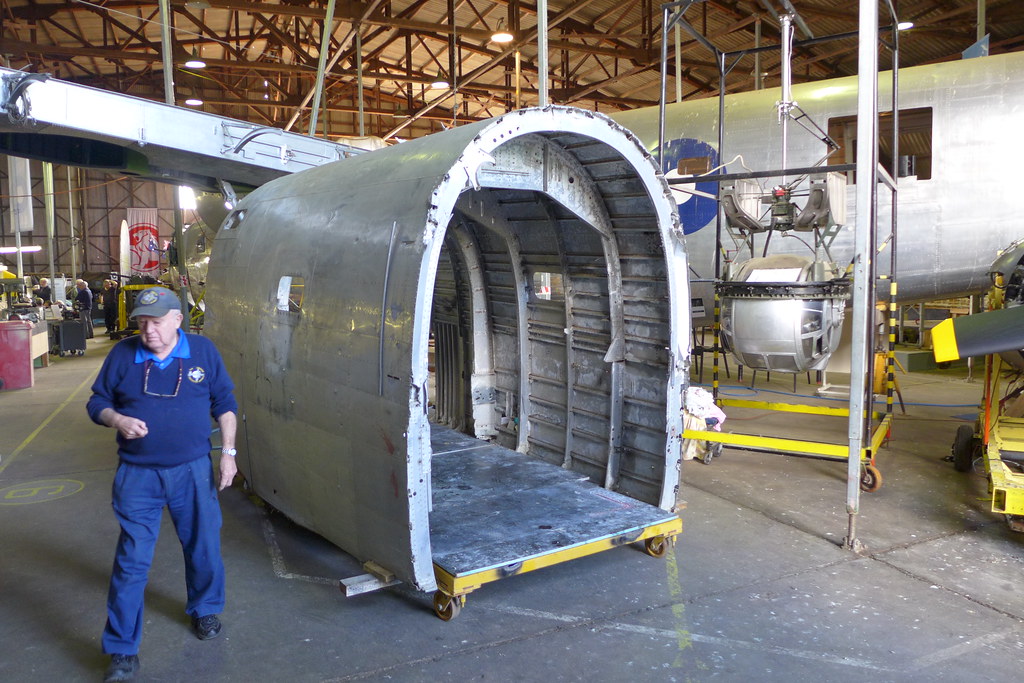

There were several ball turrets on display as well:
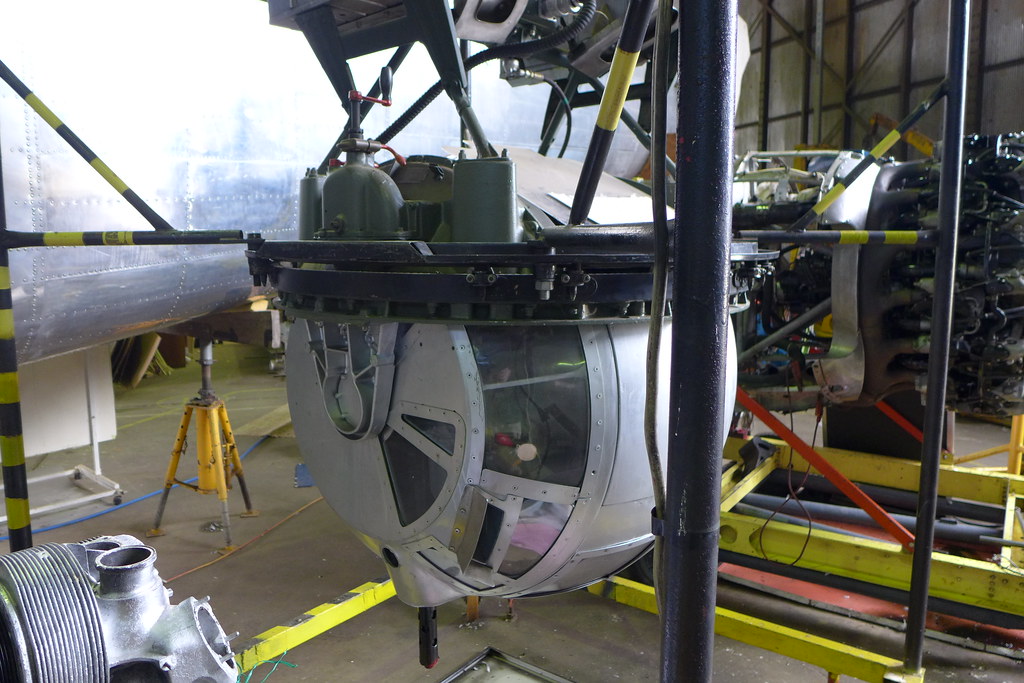
Outside were more spares;
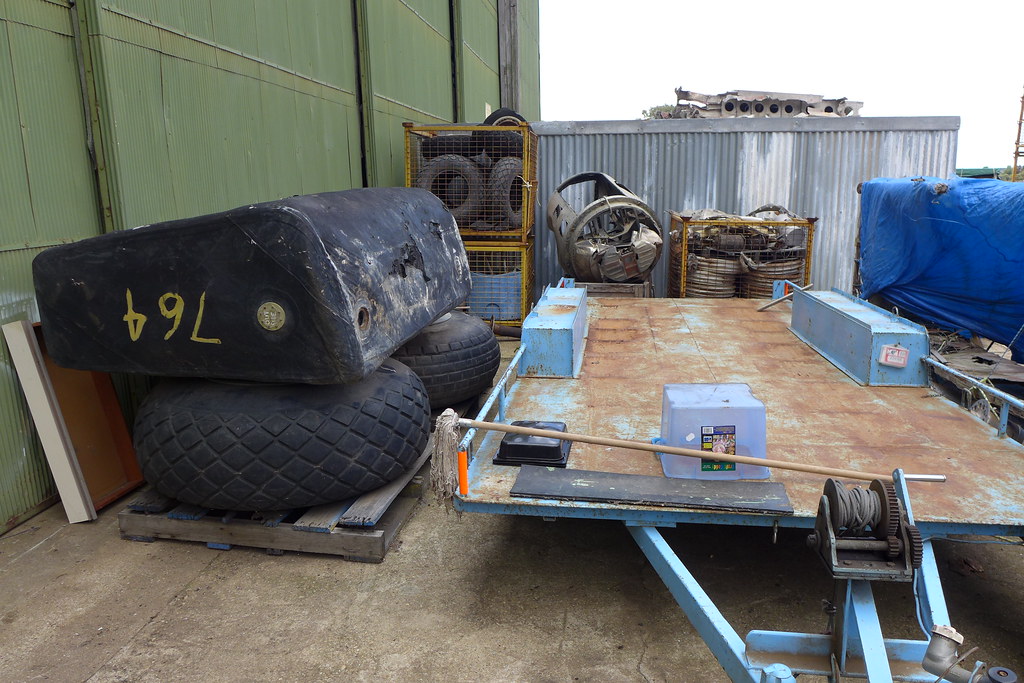
And the front turret marked "HAZEL" from another wreckage:
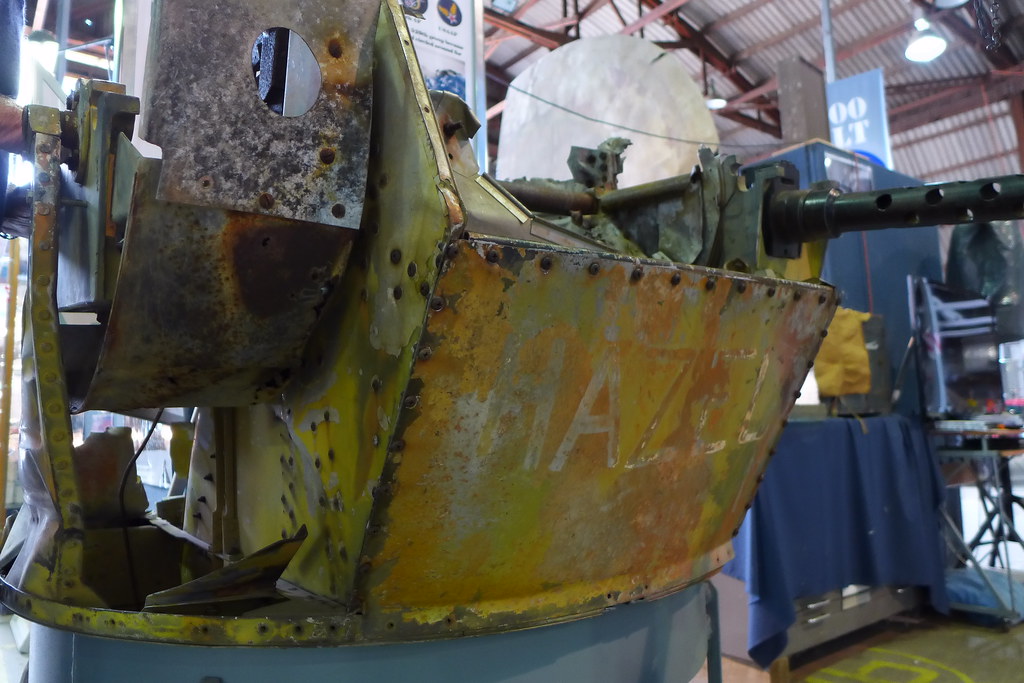
I was very grateful to have such a detailed look at this project!
Michael
More info here: http://b24australia.org.au/home.html
From the website:

Quick video:
https://flic.kr/p/GxwPod
John, one of the museum tour guides, gave me a 2.5 hour, in-depth tour of the aircraft introducing me to many of the busy volunteers and showed me the ins-and-outs of the project! The plan is to have this aircraft be powered and to have the engines run, but it won't be a flyer-- think "Just Jane". The runway is gone at Werribee, so the plan is to make this a living museum.
The museum has all the components for the turrets for the aircraft and they will be operational (except for the guns!)


The instrument panel and controls was out of the aircraft, and was apparently used in filming "Unbroken". The rest of the stations on the inside of the aircraft are being restored -- John demoed the operational radar unit that would have been used on this aircraft!


Along the way, the museum has picked up additional sections of fuselage that they will be turning into traveling displays;


There were several ball turrets on display as well:

Outside were more spares;

And the front turret marked "HAZEL" from another wreckage:

I was very grateful to have such a detailed look at this project!
Michael
More info here: http://b24australia.org.au/home.html
From the website:
B-24M A72-176 HISTORY
The Fund is the owner of a B-24 Liberator s/n 44-41956, which was built for the RAAF as a B-24M. It was assigned the RAAF serial “A72-176” and then flown to Australia. This particular aircraft was modified with a search radar in the lower fuselage to help locate and track targets and was then redesignated as a B-24R model. The RAAF took A72-176 on charge in late 1944 and this saw it issued to 7 OTU (Operational Training Unit) based at Tocumwal, south west NSW. The training saw bomber crews learn how to fly the bomber, operate as a team and work with fighters. Towards the end of the war there were up to 50 aircraft located at Tocumwal along with 5,000 personnel. A72-176 was noted as flown on training missions by various aircrew, and one person was G/Cpt Kingwell, who was later to become quite involved with its restoration project in the 1990s. The bomber was flown up until March 1946 in other roles such as transport and was then retired from service. It was noted that it was to be eventually fitted out for an Antarctic mission but this was never approved. Sitting quietly, it was finally disposed of at East Sale Airfield in March 1948, with the fuselage being sold to George Toye. Sadly, by the time George bought it, the RAAF had scrapped both the tail and wings. Still George accepted the fuselage as it was and used it as temporary accommodation while he built his new house. After the house was completed, the bomber sat on his property between the 1950s and the early 1990s; during this time the fuselage was exposed to the elements.
In 1989 the B-24 Fund became aware of the B-24’s fuselage which was located at Moe, Victoria. The Fund members negotiated to purchase it on condition that they could find a wing and tail. With one part of the project under negotiation, the hunt was then on for the wing and tail which was found in 1991. The wing was acquired from a crash site of USAAF B-24D Liberator 42-41091, which had crashed in Papua New Guinea during WW2. The Royal Australian Air Force, Australian Army, Qantas, Shell and many other companies helped in recovering the wing, which saw it imported into Australia in 1992 and eventually moved to Werribee. The B-24 Fund then went back to George who wanted to alter the original arrangement, so meanwhile members worked on the wing while arrangements were made for the delivery of the fuselage. It wasn't till 1995 that agreement was reached, which finally saw the fuselage moved to Werribee. After 50 years of exposure, the fuselage was looking quite battered and it was clear that it would need a lot of restoration work. During 1996 a clean-up of the fuselage internally and externally was started to remove all the accumulated grime. In 2000, the volunteers then worked to 'mate' the fuselage and wing. On 15 August 2000 the mostly intact bomber was dedicated before an audience of 1,100 made up of WW2 veterans, special visitors and members.
Re: B-24 Liberator 44-41956 Restoration Werribee, Australia
Fri Apr 29, 2016 5:14 am
These guys are an amazing bunch of dedicated and hard working volunteers. I enjoy dropping in when I am in the area to see what's been happening. They are also working on an Airspeed Oxford and have just recently fired up the Cheetah engine.
Always recommend visitors drop in and see them - only open Tues, Thurs and Sun, but well worth it
Cheers
Always recommend visitors drop in and see them - only open Tues, Thurs and Sun, but well worth it
Cheers